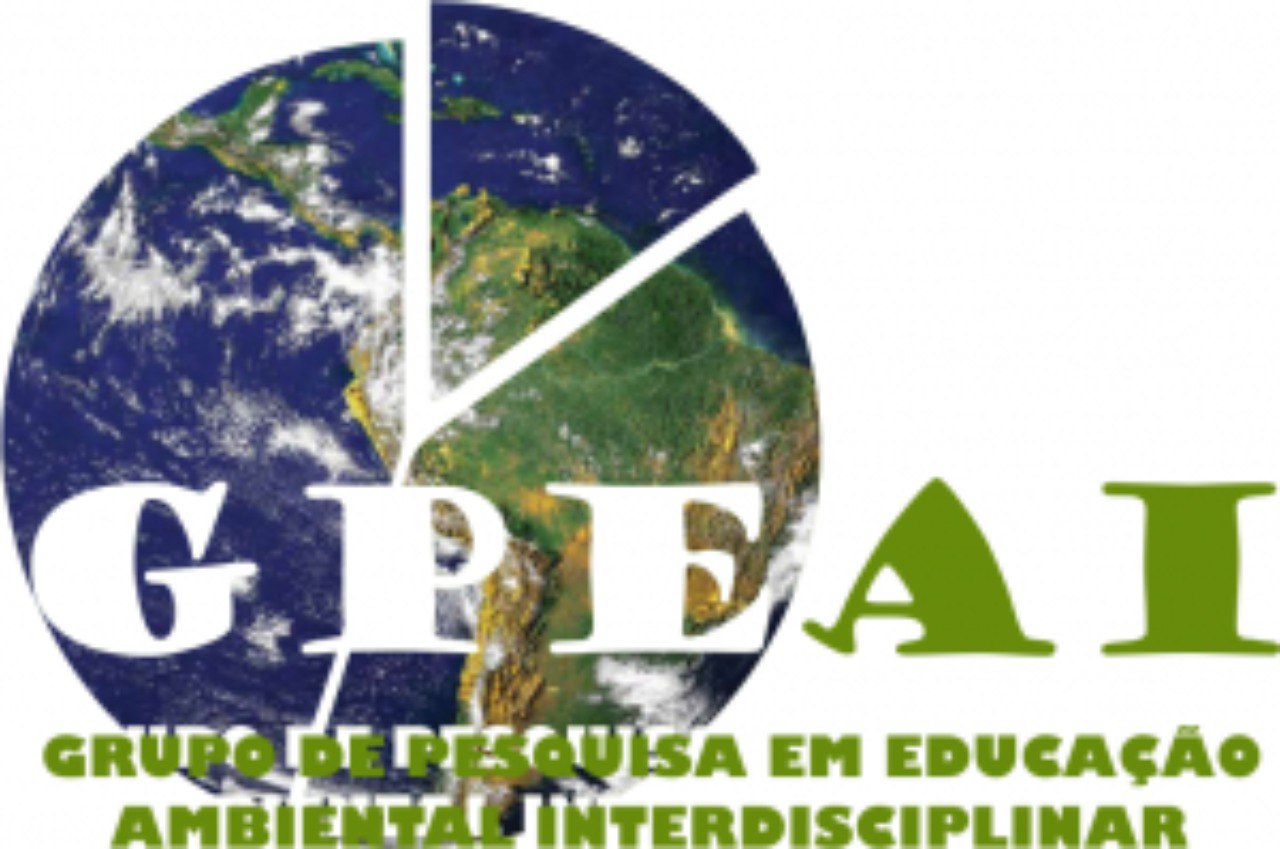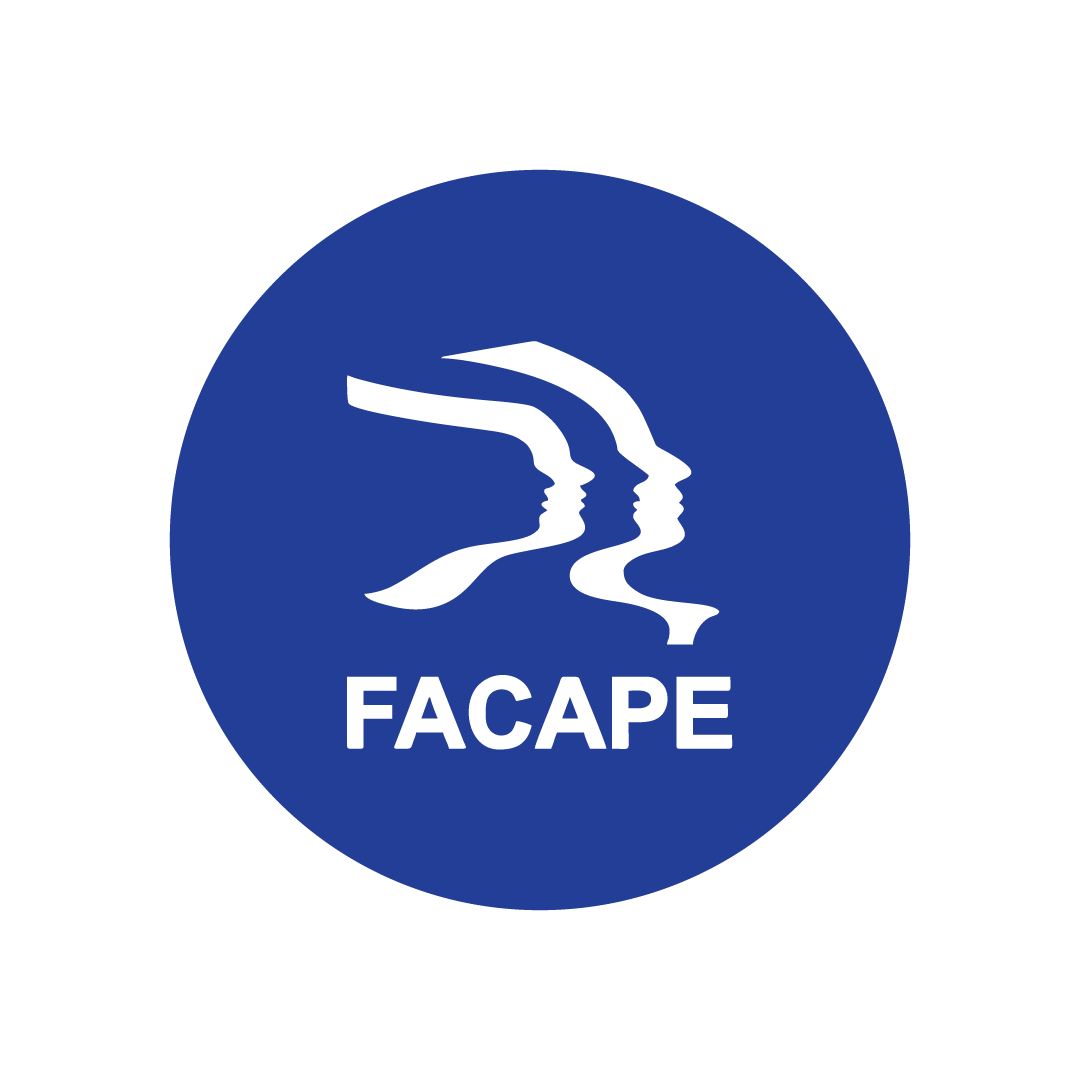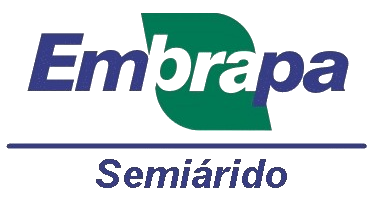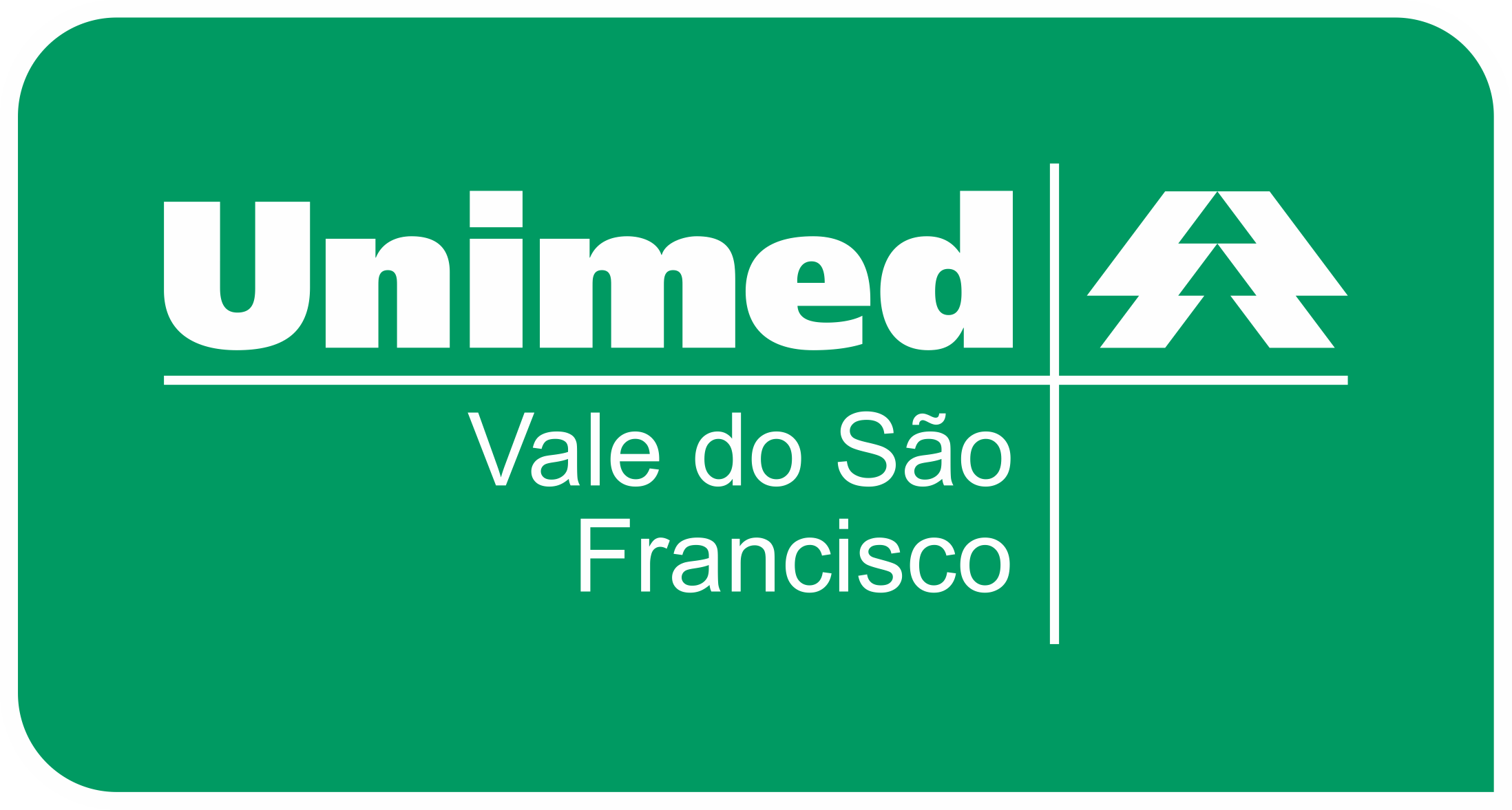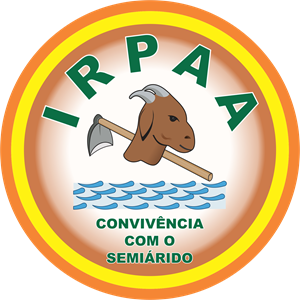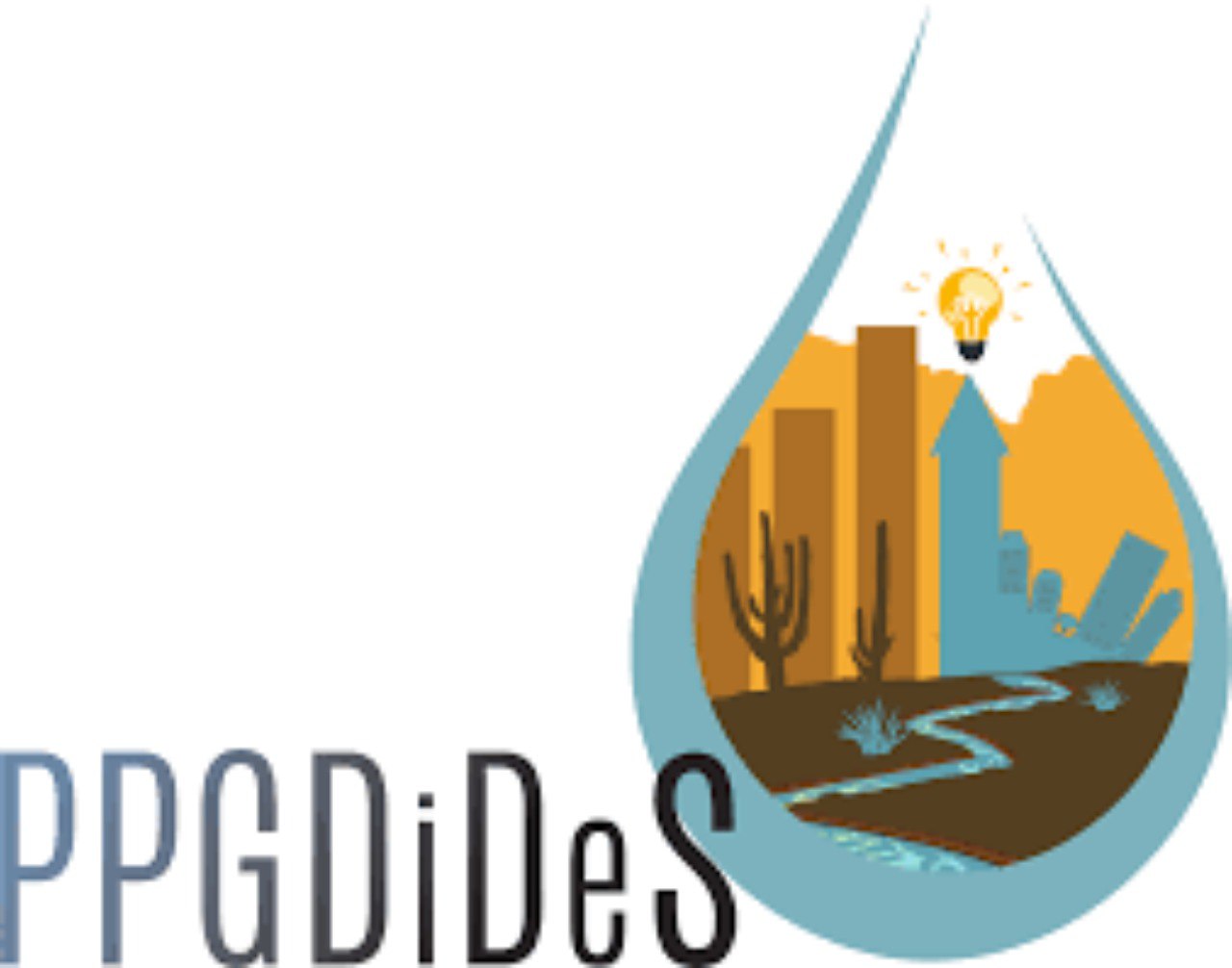Submissions
Submission Preparation Checklist
As part of the submission process, authors are required to check off their submission's compliance with all of the following items, and submissions may be returned to authors that do not adhere to these guidelines.- The submission has not been previously published, nor is it before another journal for consideration (or an explanation has been provided in Comments to the Editor).
- The submission file is in OpenOffice, Microsoft Word, or RTF document file format.
- Where available, URLs for the references have been provided.
- The text is single-spaced; uses a 12-point font; employs italics, rather than underlining (except with URL addresses); and all illustrations, figures, and tables are placed within the text at the appropriate points, rather than at the end.
- The text adheres to the stylistic and bibliographic requirements outlined in the Author Guidelines.
Artigos
Política padrão de seçãoCopyright Notice
We authors, below, declare that we agree with the submissão e possível publicação na Revista Verde do trabalho that has as title <MANUSCRIPT_TITLE> having as Corresponding Author Mr. (s) <CORRESPONDING_ AUTHOR>, who will be responsible for its processing and correction.
We declare, furthermore, that the article referred to is not included in the focus of the Green Journal in the area of knowledge: <KNOWLEDGE_AREA>, dealing with an original study, that it was not published or is being used for publication in another journal, which is not printed or electronic format.
We also declare that:
We participate considerably in the work to make our competition public with content;
Sendo to approved production, we grant to Green Magazine, for the referrals together with the newspaper indexing data bases;
We declare that there are no conflicts of interest of our authors for the appreciation of the Green Magazine
We agree that the authors referring to this article will become the exclusive property of the Green Magazine, being allowed a partial or total reproduction of two works, as long as it is cited.
<LOCAL>, <YYYY/MM/DD>
<AUTHOR_1>, <ITIN_1>
<AUTHOR_2>, <ITIN_2>
<AUTHOR_3>, <ITIN_3>
<AUTHOR_4>, <ITIN_4>
<AUTHOR_5>, <ITIN_5>
<AUTHOR_6>, <ITIN_6>
Before agreeing to this note, copy the text above the comments for the editor replacing <TAGS> for the actual information.
Privacy Statement
The names and email addresses entered in this journal site will be used exclusively for the stated purposes of this journal and will not be made available for any other purpose or to any other party.




















